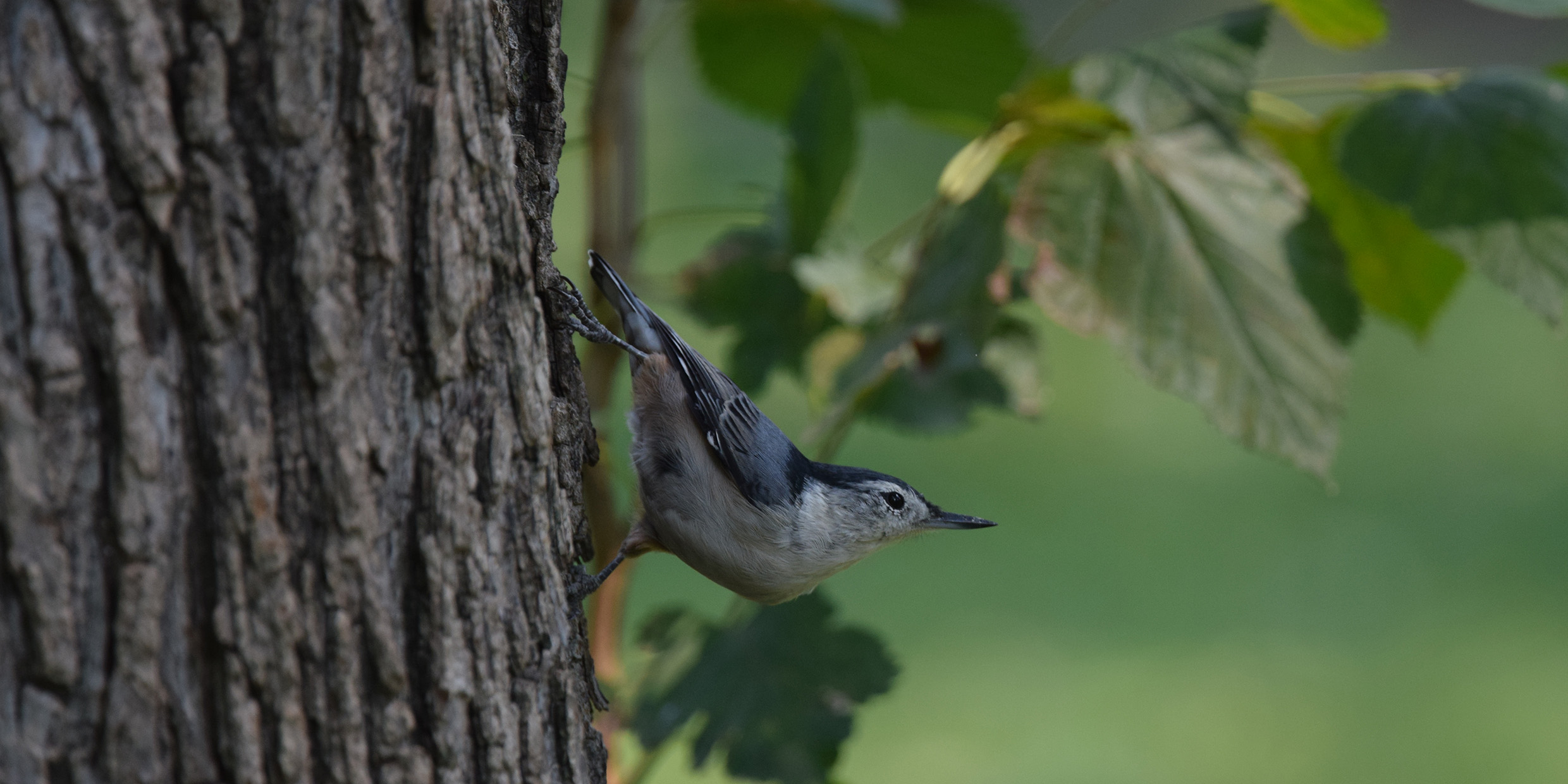Originally published 7 December 1987
Summer birds have flown south, deciduous trees are bare. Wildflowers have faded and mushrooms are withered by the cold. But for the lover of nature, these last spare days of autumn offer one welcome gift. Silence.
It’s too cold now for trail bikes and all-terrain vehicles, and there is not yet enough snow for snowmobiles. For a few weeks in early December the woods are blessedly free of the sound of internal combustion.
The creak of a wagon on a distant highway was sometimes noise enough to interrupt Thoreau’s reverie. The woodsy philosopher of Concord was wise enough to know that the whistle of the Fitchburg Railroad (the tracks lie close by Walden Pond) presaged something more than the arrival of the train, but he could hardly have imagined the efficiency with which the internal combustion engine has intruded upon our world of natural sound. Today, there is no place wild enough or remote enough to have escaped the roar of gasoline-powered vehicles. All-terrain vehicles. The din has become ubiquitous.
The range of audibility of the human ear can be represented as a graph of sound intensity vs. frequency. The lower boundary of the range is the threshold of hearing: For example, at a frequency of 256 vibrations per second (middle C on the musical scale), a sound must have a intensity level of about 20 decibels (the loudness of rustling leaves) to be heard at all.
The threshold of pain
The upper limit of the range of audibility is the threshold of pain. At the frequency of middle C the limit of pain has an intensity level of about 130 decibels, or only slightly less than the sound of a snowmobile engine at close range.
I like to think of the graph of human audibility as a blank canvas upon which nature paints with sound. For example, the shrill double-note of the blue jay (three-tiered in frequency, at 3000, 2000, and 1000 vibrations per second, repeated twice), and the cacophonous caw of the crow (between 1000 and 2000 vibrations per second), add dollops of color to the canvas in the mid-decibel range.
The chickadee’s call is more sharply defined in frequency (at about 2800 vibrations per second), but can range widely in loudness depending on the distance of the bird. The nuthatch fills in the low-decibel part of the graph with its tap-tap-taps not far above the threshold of hearing in a conifer forest.
To hear the tapping of the nuthatch requires a soundscape that is mostly free of background noise. The roar of a trail bike or snowmobile can be the equivalent of throwing a bucket of black paint onto the ear’s white canvas. Even a high-flying jet or traffic on a distant highway can distract the ear from such delicate natural sounds.
There are sounds in the woods that can only be heard in the complete absence of technological noise: the papery shiver of beech leaves on their branches, the ethereal whir of mourning doves rising from the ground, the rattle of the seedpods of wild indigo when stirred by the wind.
The fiddling of grasshoppers
Certain natural sounds remain unheard even in an ambience of total silence. The high-range fiddling of the grasshopper and the navigational cries of bats lie beyond the range of human hearing. Some other creatures have a wider canvas. Moths hear sounds with frequencies seven times higher than the upper limit of the human ear. Dogs do better in both the upper and lower low ranges.
I am well aware that one man’s noise is another man’s music. The roar of a chainsaw is pure bliss to my neighbor who works at his woodpile. The reverberating whine of the snowmobile engine is both power and pleasure to the kids who go roaring past me in the snowy woods. Dictionary definitions of “noise” reveal the subjective ambiguity of the word; “noise” can mean “undesirable din” or “agreeable sound”; it can mean “a loud sound” or “a sound that is not remarkably loud.”
But there is no ambiguity about the incompatibility of all-terrain vehicles, snowmobiles, and the sounds of nature. And that is why these early weeks of December are so precious.
It was in the chapter on “Sounds” that the author of Walden made his well-known remark about needing “a broad margin to my life.” This is the time of year when the walker in the woods has the broadest auditory margin to his life, when the relative absence of recreational machines provides the ear with a wide expanse of relative quiet onto which nature can scribble glosses of subtle sound.



